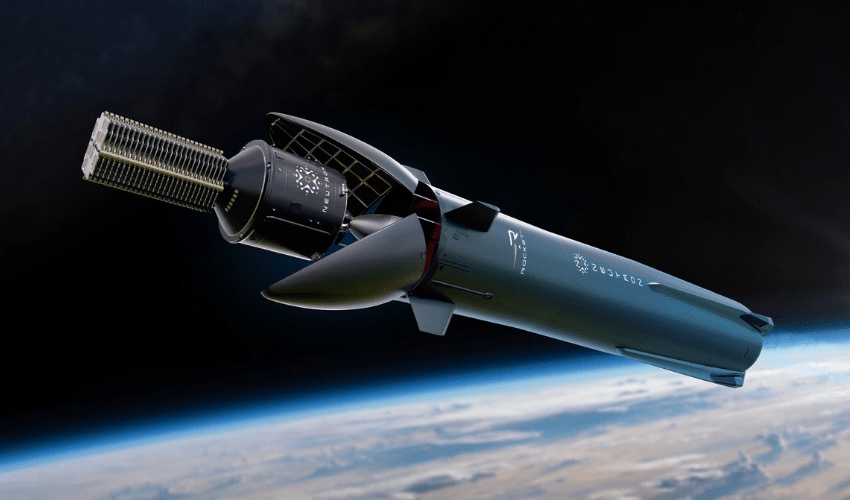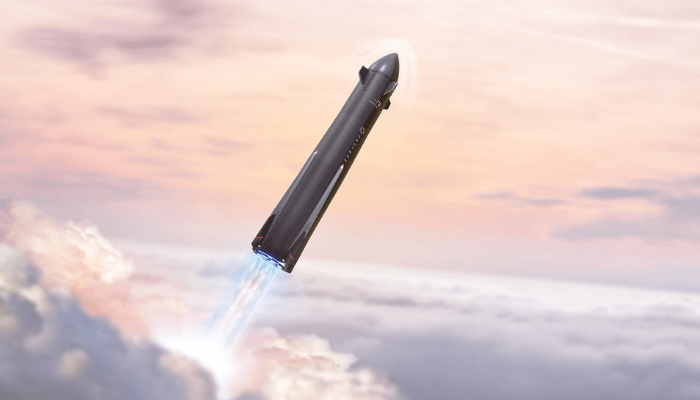NASA and Rocket Lab Enter a New Era With the Neutron Rocket

With the goal of further expanding its reach in space missions, NASA has signed an agreement with Rocket Lab USA, Inc. to integrate the Neutron rocket into the VADR program. This is a program to procure launch services at competitive prices and reduce mission requirements for spacecraft that have not yet been launched into orbit. Neutron is a medium-range launch vehicle manufactured by Rocket Lab USA that is partially reusable and powered by nine 3D-printed Archimedes engines designed to increase the efficiency and flexibility of space launches.
This is not the first time the company has experimented with short-range launches. Before Neutron, Rocket Lab USA launched another spacecraft, Electron, into orbit as part of NASA missions and the VADR program. With Electron, the VADR PREFIRE missions were completed in just two weeks, and a double quick launch was initiated in May 2023 for the VADR TROPICS missions. Thanks to Neutron’s versatility and efficiency, Rocket Lab can now expand its field of research to space missions and enter previously unexplored orbits.

A stylized depiction of Neutron
The Archimedes Engine and the Neutron Rocket
As already mentioned, Neutron consists of no fewer than nine Archimedes engines. This is the reusable rocket engine developed by Rocket Lab USA, whose components were manufactured using a 3D printing process. In May 2024, the company began an intensive stress test campaign at NASA’s Stennis Space Center in Mississippi on the Archimedes engine’s components, subsystems and overall system to verify its performance in the ignition, stable operation and shutdown phases. Numerous activations of the engine system were then carried out until the first hot ignition, i.e. ignition at full power.
The features of the Archimedes engine are numerous and interesting. First, Archimedes uses numerous 3D-printed components, from engine structures, turbo pump casings and valve bodies to pre-combustor and main chamber components. The Archimedes engine runs on liquid oxygen and methane and uses an oxidation-rich, staged combustion cycle. This is an innovative mix for this type of spacecraft.
Furthermore, the engine is designed to be highly reusable, allowing at least 20 launches per engine. Its operational capacity also allows for a lower load compared to other rocket engines on the market. At maximum power, each Archimedes engine is capable of producing 165,000 lbf (733 kN), resulting in a total combined thrust of 1,450,000 lbf in the Neutron first stage.
Peter Beck, founder and CEO of Rocket Lab, commented:
Having a completed Archimedes engine on the test stand is an inflection point in Neutron’s development program. Now we’ve entered the home stretch where we breathe fire and refine the engine in preparation for first flight. Often with engine development plans there can be a rush to get a minimum viable product to the stand, after which you have to spend years in redesign and iterative testing to get the performance you need, let alone being able to reproduce it reliably on a large production scale. What we’ve taken to the test stand is very close to a flight-like engine, and with all of our production infrastructure stood up alongside the engine’s development, we’re in a prime position to be able to make quick iterations to Archimedes for a rapid development and qualification campaign.
He further explains, “Neutron brings choice and value to the launch industry and is the ideal rocket to support NASA’s goals with VADR to provide new opportunities for science and technology payloads through commercial best practice. Rocket Lab has been a long trusted and reliable launch partner for NASA missions with Electron, and we’re proud to have been selected to expand on this with Neutron.”
The Neutron rocket is designed to transport a 13,000 kg payload into low Earth orbit. The rocket is particularly suitable for deploying satellite constellations, for national security missions and for launching payloads for science and research. Neutron is therefore a reliable alternative on the market for commercial and government customers. Rocket Lab sees Neutron as the spearhead of its integrated space strategy. With this rocket, the company is demonstrating that it is not only capable of building its own components, but also of launching them into space and operating its own constellations.
Neutron received both VADR approval and acceptance into the United States Space Force’s OSP-4 program. This is an IDIQ (Indefinite Delivery Indefinite Quantity) contract worth 986 million dollars. In addition, the U.S. government’s National Security Space Launch (NSSL) Lane 1 is evaluating Neutron’s performance to award the company a five-year, $5.6 billion IDIQ contract.
The first launch of Neutron is scheduled for mid-2025 from Launch Complex 3 at Rocket Lab on Wallops Island, Virginia. All that remains now is to wait for the launch of this ambitious project, which represents another milestone for 3D printing technology in aerospace and once again demonstrates that this technology is capable of overcoming the extreme challenges of such a complex and demanding industry.
What do you think of the Neutron rocket from NASA and Rocket Lab? Do you think it will fly in 2025? Let us know in a comment below or on our LinkedIn, Facebook, and Twitter pages! Don’t forget to sign up for our free weekly Newsletter here, the latest 3D printing news straight to your inbox! You can also find all our videos on our YouTube channel.
*All Photo Credits: Rocket Lab.






